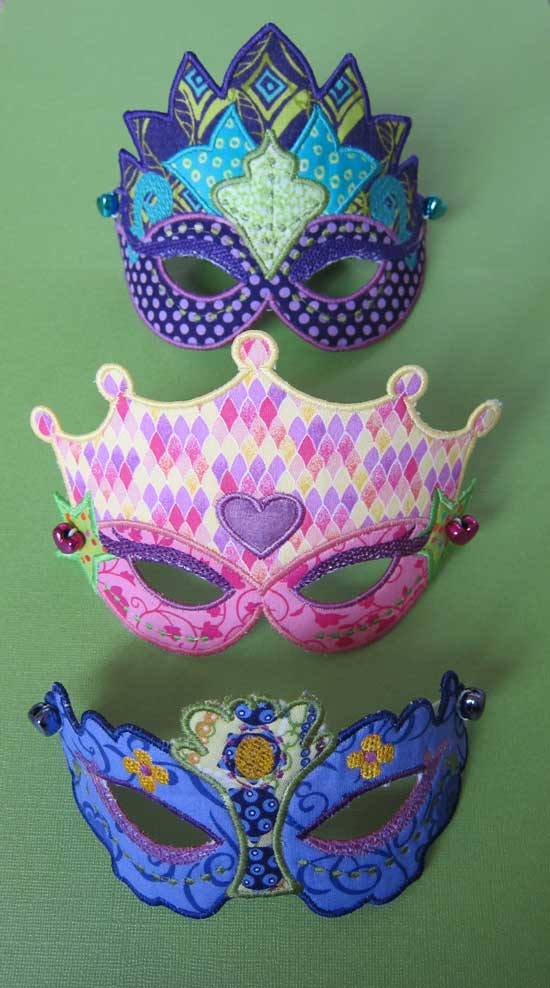Beaded Bolero
 Wednesday, May 1, 2013 at 8:19PM
Wednesday, May 1, 2013 at 8:19PM 
Hello friends. I cannot believe how long it has been since I last posted on this blog. Many, many factors have conspired to prevent me from writing and also from having anything to write about. This was a tough winter for my family. There was a five-week period where my kids were trading germs back and forth, occasionally sharing with me or my husband. During that period I believe there were only 4 days when both boys were in school at the same time. Also during this time I had been bitten badly by the nesting bug, the one that causes you to clean out closets and boxes and reorganize your storage space. Lastly, I seem to have misplaced my sewing mojo along with my camera. I am hoping I find both soon but it's not looking good for the camera which has been MIA for more than a month.

 I have been plugging along on some hand sewing projects and recently finished one that I can share with you. This is a sleeveless bolero that I made using the pattern in Alabama Chanin's third book, Alabama Studio Sewing and Design. (This book is currently on sale on the Alabama Chanin site). The stencil design is Angie's Fall worked in the Special Angie pattern. The large floral designs are worked in the Relief Applique technique where the appliqued pieces are cut larger than the space where they are to appliqued. The extra fabric creates a beautifully textured surface that I really love. The other elements were backstitched before being filled in with black beads. I love this bolero pattern. It is so quick to stitch up, the surface embellishment notwithstanding.
I have been plugging along on some hand sewing projects and recently finished one that I can share with you. This is a sleeveless bolero that I made using the pattern in Alabama Chanin's third book, Alabama Studio Sewing and Design. (This book is currently on sale on the Alabama Chanin site). The stencil design is Angie's Fall worked in the Special Angie pattern. The large floral designs are worked in the Relief Applique technique where the appliqued pieces are cut larger than the space where they are to appliqued. The extra fabric creates a beautifully textured surface that I really love. The other elements were backstitched before being filled in with black beads. I love this bolero pattern. It is so quick to stitch up, the surface embellishment notwithstanding.

I realize I have yet to share my blue embroidered dress on the blog. Now that the weather is looking conducive to wearing it I am hoping to get some real-life action shots and post them soon. And, as soon as I find the time to clean my studio to the point where I can get some work done I am hoping to get back to my sewing machine, too. Perhaps by then my camera will materialize.
 alabama chanin,
alabama chanin,  applique,
applique,  beading,
beading,  bolero in
bolero in  Alabama Chanin,
Alabama Chanin,  applique,
applique,  hand embroidery,
hand embroidery,  sewing
sewing 





































































